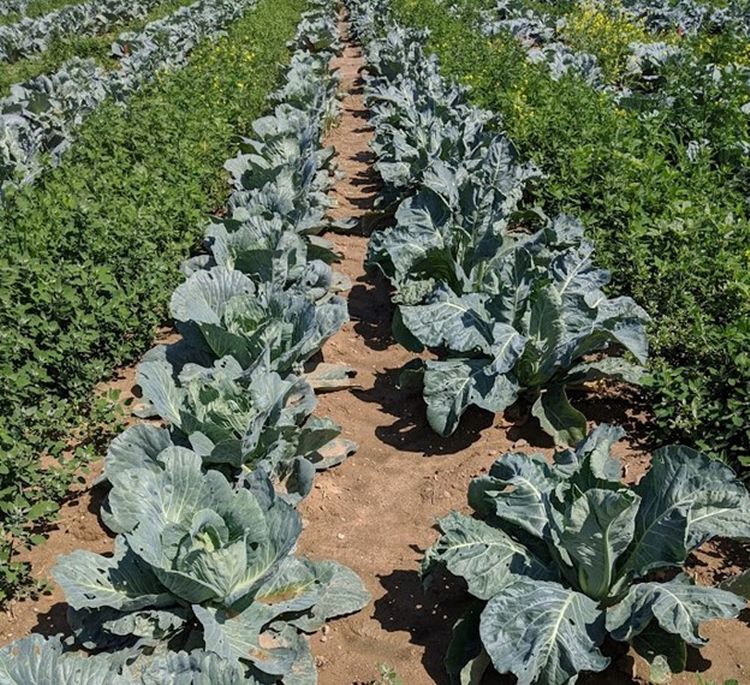Apr 30, 2021GoalTender: Renewed label for onions and cole crops in Michigan
The Michigan Department of Agriculture and Rural Development (MDARD) has approved the renewal of a Special Local Needs (SLN) label, also known as a Section 24c label, for the use of GoalTender on onions and cole crops (broccoli, cabbage and cauliflower). This new 24c label is effective until Dec. 31, 2025.
GoalTender (a water-based formulation) may be applied to dry bulb onions when the onion plants have one fully developed true leaf and the second true leaf is emerging. The first true leaf emerges after the flag leaf has straightened. In warm weather, onion plants develop rapidly from the flag to the two-leaf stage.
To kill emerged broadleaves, apply up to 4 fluid ounces (0.125 pounds active ingredient) of GoalTender. That rate will kill most broadleaf weeds in the cotyledon to two true leaf stage. Waiting until the onion two-leaf stage allows the weeds to develop more and become more difficult to control. The total amount of GoalTender applied must not exceed 16 fluid ounces per acre per crop (0.5 pounds active ingredient). There is a 45-day pre-harvest interval.
GoalTender may be applied in cole crops as a broadcast post-emergence application at the rate of 4 to 6 fluid ounces per acre (0.125 to 0.188 pounds active) or directed application at a rate of 4 to 8 fluid ounces per acre (0.125 to 0.25 pounds active). GoalTender may be applied to direct-seeded (when the crop reaches a minimum of four true leaves) or transplanted (minimum of two weeks after planting) cabbage, broccoli and cauliflower. There is a 35-day pre-harvest interval.
GoalTender can cause severe crop injury if application is made under cool (less than 40 degrees Fahrenheit) and cloudy conditions or the crop is growing under stress due to temperature, disease, fertilizer, soil, salts, nematodes, insects, pesticides, drought, excessive moisture, flooding or soil crusting. Do not mix GoalTender with adjuvants (oils, surfactants), liquid fertilizer or pesticides.
The labels are posted on CDMS and MDARD.
– Sushila Chaudhari, Michigan State University, Department of Horticulture
Photo: Sushila Chaudhari















